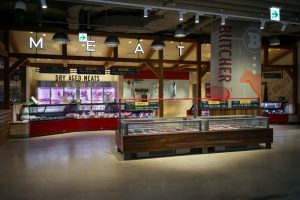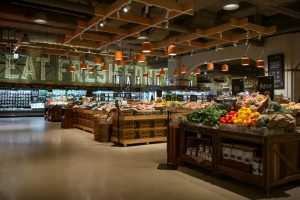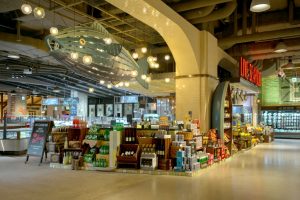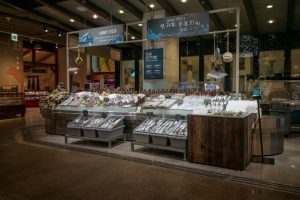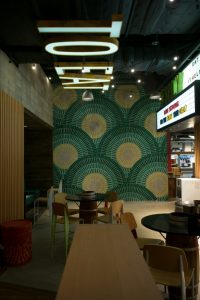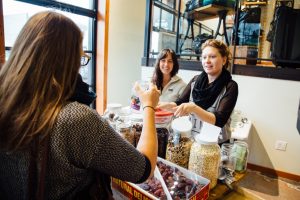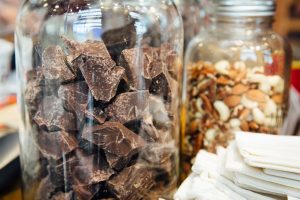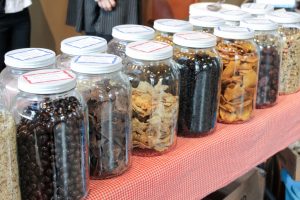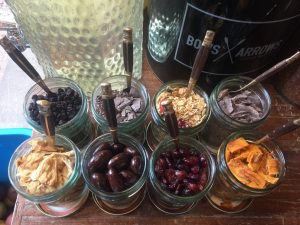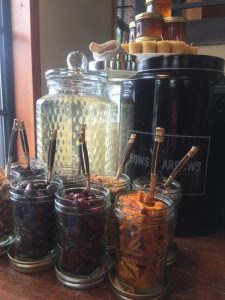Creative visual merchandising, mood lighting and eye-catching windows have rarely been in the design arsenal of food retailers. But that may be changing as the meme for conventional grocery shopping takes an ever-deeper hold: Nobody likes to do it!
“I tell clients that customers rarely come to your store just to window shop or browse,” says Kevin O’Donnell, Founder of Thread Collaborative (North Hollywood, Calif.). “They usually arrive with a task in mind. Many even regard it as a chore.”

PK Market | Photography: Courtesy of Kevin O'Donnell, North Hollywood, Calif.
Then what are grocery retailers doing about it? Surprisingly, some of the best answers are coming from China and Korea, where dense populations have traditionally made grocery a numbers game, and the stores’ mostly unattractive spaces are filled with nothing but merchandise.
Seoul-based Emart Inc., South Korea’s largest retailer, has been experimenting with its PK Market brand, introducing a concept in their most recent store called Postcards from Europe.
“Each department is associated with a European experience,” explains O’Donnell, whose company worked on the project. “In produce we created an environment of picnicking on a country farm in France. Seafood is a day fishing trip on the Mediterranean. The meat department is a visit to a Barcelona butcher store. Deli is an Italian market.”
Advertisement
In the largest of the Seoul locations, there’s also a coffee shop twice the size of a typical Starbucks that emulates a Spanish café, complete with an outdoor patio.
The areas are largely enclosed so the experience is immersive and the customer journey is choreographed. Lighting provides the appropriate mood, whether it’s the sun sparkling off the water or dappled through the branches of an artificial tree. There’s even a school of neon fish swimming in the Mediterranean waters.
The concept has been successful in South Korea, but would it work in the U.S.? We’re soon to find out. Emart has announced its intention to open a PK Market in downtown Los Angeles, leasing the first three floors of the former Ville de Paris store – 52,000 square feet – at Seventh and Olive streets.
“Concepts like these work best for retailers who have a sense of mission and purpose,” says O’Donnell. “Too many food retailers still tend to let operational efficiencies dictate store designs or customer experiences. Doing something that creates spaces that don’t appear to be productive might add to their bottom line in a different way, through shopper loyalty, more frequent visits, larger baskets and increased social media interaction.”

Nada | Courtesy of Nada, Vancouver, British Columbia
Advertisement
OR STAND FOR NOTHING
Kroger (Cincinnati), the country’s largest pure supermarket chain, has announced plans to phase out plastic bags by 2025. Is it a trend in the making?
One small food retailer, at least, has built its brand on a similar, while immediate, commitment. For Vancouver, British Columbia-based Nada, the name means, among other things, “no bags!”
The plastic-or-paper question is moot at this store, where nutritious, natural and organic fare is the common denominator. It was originally founded in 2013 by marine biologist Brianne Miller as the Zero Waste Market.
According to the company’s website, “Customers are asked to bring their own containers, which they can fill up at the store with local, fresh, responsibly sourced and organic groceries, including produce, bulk food, and personal care items.”
“Not only do shoppers reduce their packaging waste,” Miller insists, “they also waste less food by buying only what they need. This ultimately saves them money (an average of $1500 per family per year), all whilst supporting quality suppliers and the health of both people and planet.”
Advertisement
Consumers want something from their retailers, and grocery stores are not excepted. “Shoppers want to be transported to a different time and place,” says O’Donnell, “and our grocery clients are asking for design of transformative places – in particular, a choreographed customer journey that takes the shopper through the store, telling a specific story.”
What is that story? It all stems from the retailer’s values, what it stands for and that which distinguishes it. Every retailer ought to have that. Without that, it’s just another grocery store.
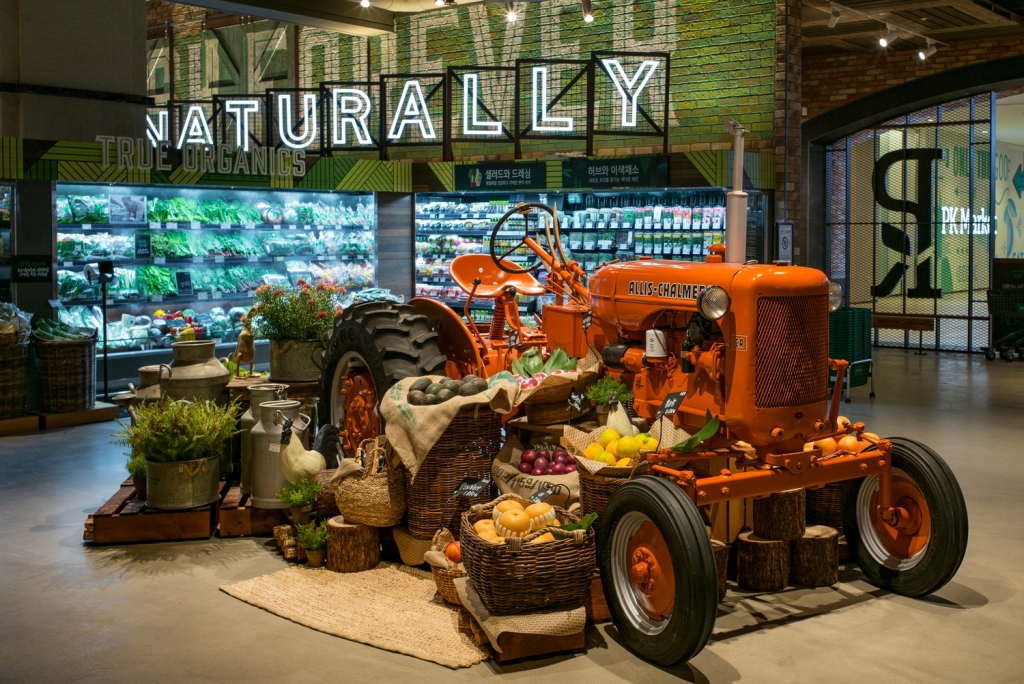

 Photo Gallery3 days ago
Photo Gallery3 days ago
 Headlines1 week ago
Headlines1 week ago
 Sector Spotlight2 weeks ago
Sector Spotlight2 weeks ago
 Headlines1 week ago
Headlines1 week ago
 Headlines4 days ago
Headlines4 days ago
 Headlines2 weeks ago
Headlines2 weeks ago
 Designer Dozen1 week ago
Designer Dozen1 week ago
 Headlines2 days ago
Headlines2 days ago








